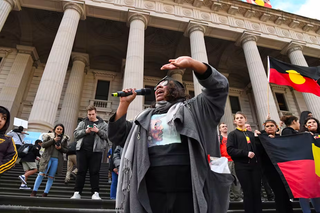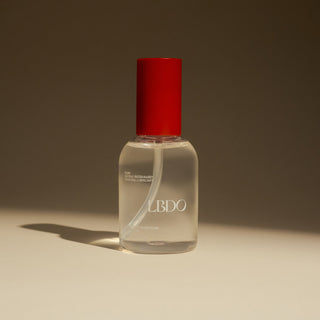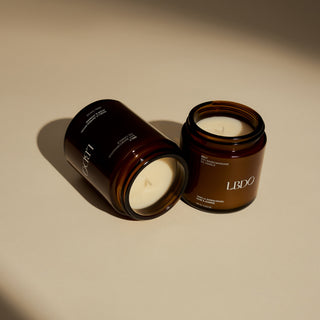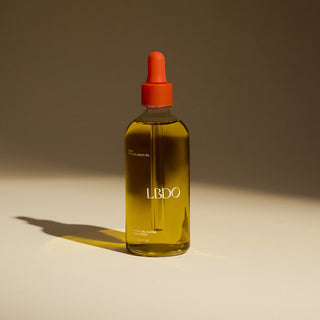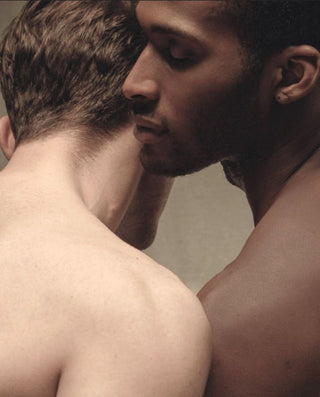If you followed the news around the international Black Lives Matter and #MeToo movements, or recent discussions in Australia about the relationship between gendered violence and the incarceration rate of Aboriginal women, you’re bound to have heard of ‘intersectional feminism’.
Intersectionality and intersectional feminism in particular are long established concepts. Today, they are increasingly relevant to the fight for race and gender equality.
Here is a basic introduction to intersectional feminism and why it’s so important.
What is intersectionality?
Intersectionality refers to the manner in which different facets of a person’s identity expose them to simultaneous forms of discrimination and marginalisation. Facets of a person's identity can include social characteristics such as gender, ethnicity, or ability.
What is intersectional feminism?
Most people know feminism as the sociological movement dedicated to achieving equality between all genders. Intersectional feminism, therefore, is a conceptual framework that recognises the influence of women’s multiple identities - including their race, ethnicity, sexual orientation, ability, appearance and class - on their experience of discrimination and oppression on an individual level.
Where did the term come from?
The term ‘intersectional feminism’ was coined in 1989 by African-American lawyer and academic Professor Kimberlé Crenshaw, in the course of her studies of the omission of women of colour from historical feminist movements.
What is white feminism?
The term 'white feminism' later emerged as the natural antithesis of intersectional feminism. It refers to the schools of feminist thought that, though purporting to advocate for all women, either deliberately or accidentally fail to consider the particular strains of discrimination faced by women of colour, and their impact.
The term does not denounce all white women as automatically being 'white feminists' because of their skin colour. Rather, it describes the white-centric nature of the feminist movement of the past and present, and emphasises the importance of ingraining diversity into the way we approach feminism moving forward.
Why does intersectional feminism matter?
We will never achieve true gender equality until we understand how intersectionality affects the implementation and outcome of feminist activism.
For example, where white women typically earn less than their male counterparts for doing the same work, women of colour typically earn less again.
To complicate matters, studies of gender issues such as the pay gap frequently fail to consider ethnicity. However, plenty of data indicates that Aboriginal, migrant and refugee women in Australia face significant barriers to equal participation and compensation in the workforce. So, we can safely assume that gender overlaps with other identities including ethnicity and race when it comes to the pay gap too.
By acknowledging the types of systemic discrimination, including racism, ableism, ageism, and more, that overlap with and underpin gender inequality, we can begin to meaningfully address it.
How can you be a better intersectional feminist?
To be a better intersectional feminist, start by acknowledging and understanding your privilege. Use it to support and celebrate other women. Educate yourself about the diverse experiences of oppression by women in history and in the present day. Share your views and collaborate with others to enhance your collective knowledge. Above all, keep an open mind. When it comes to intersectional feminism there will always be more to learn, and every bit you learn helps.


